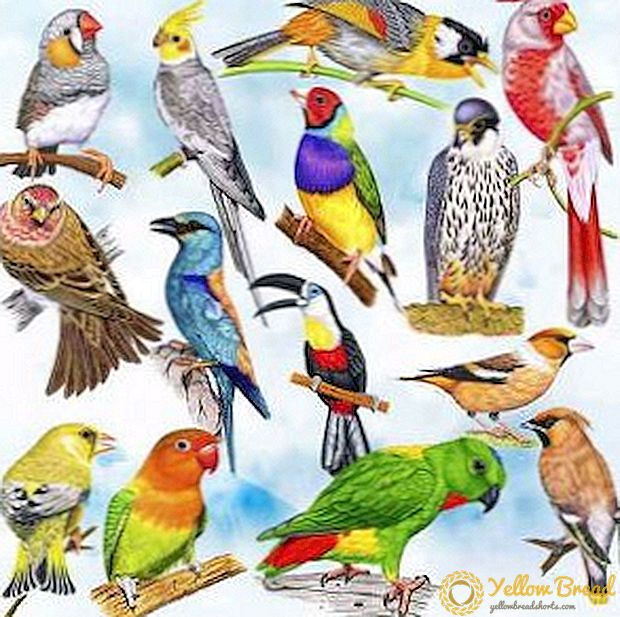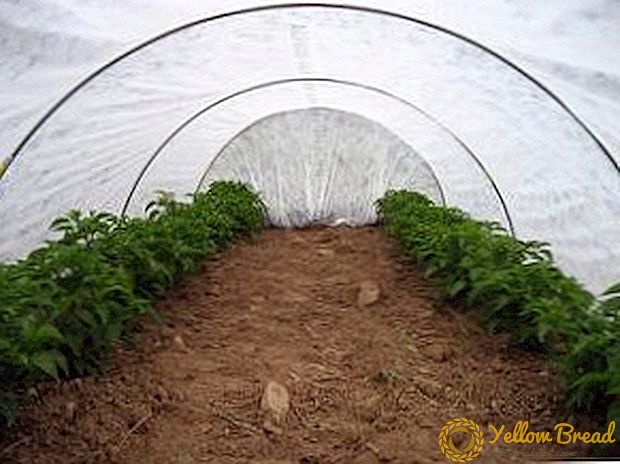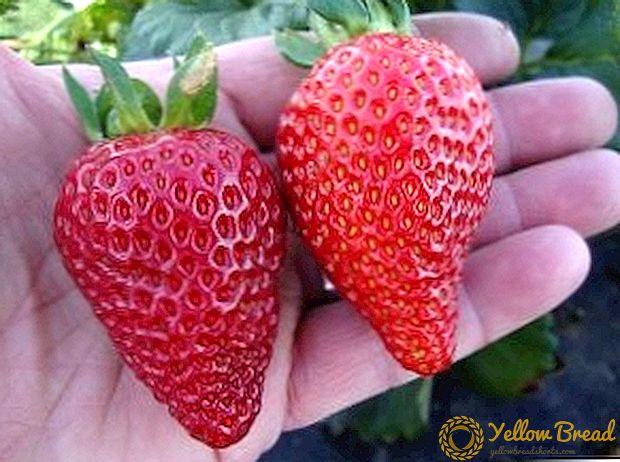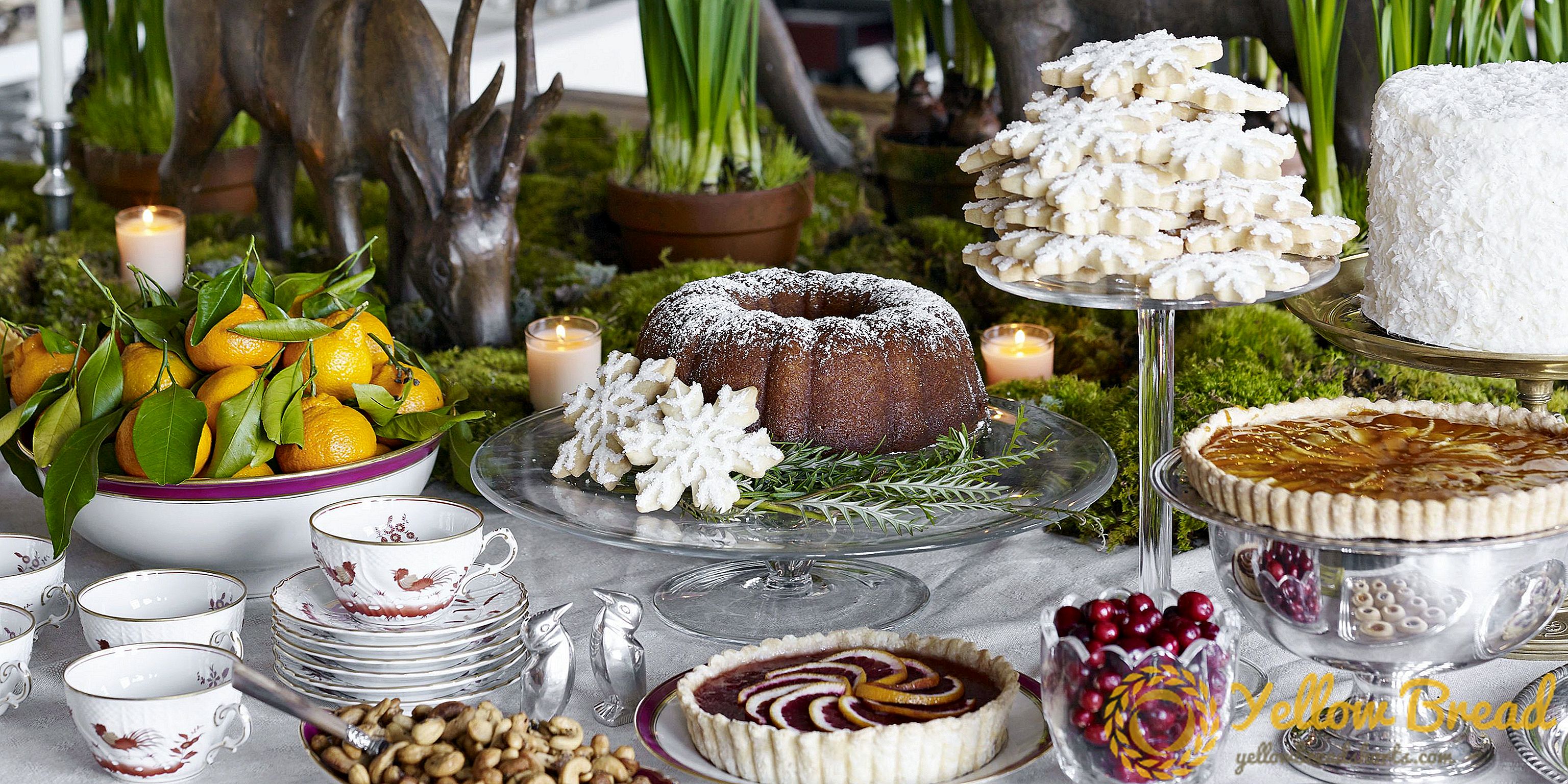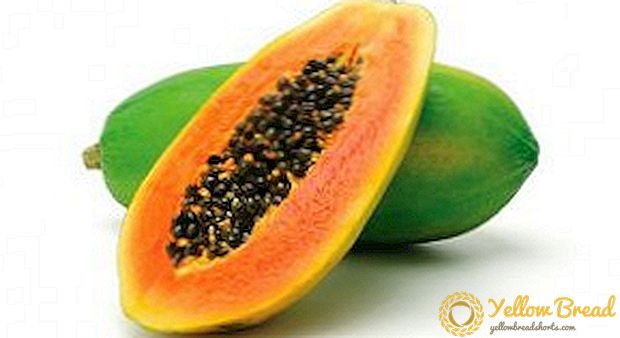 Since childhood, we have been watching this insect, which is often caught and carefully examined. But years later, we learned that this is not only an interesting insect, but also a serious pest of our gardens and gardens.
Since childhood, we have been watching this insect, which is often caught and carefully examined. But years later, we learned that this is not only an interesting insect, but also a serious pest of our gardens and gardens.
In this article we will talk about what the Maybot or Khrushka is and what the Maybirds and their larvae feed on.
- Pest description
- What maybeetles eat
- What do adults eat?
- What do the larvae eat
- Can Khrushchev live at home
- Who eats them: the main pests of May beetles
Pest description
May Khrushchev (Melolontha hippocastani) - one of 24 representatives of the genus Melolontha, belongs to the class Insects, a species Arthropod. Most often found in Asia, Northern and Central Europe, preferring to live in the forest, forest-steppe, in fruit and berry plantations and shrubs. Here they feed on young leaves, causing enormous damage to all plants.  Khrushchev is characterized by color dimorphism, which means the division into 2 color varieties:
Khrushchev is characterized by color dimorphism, which means the division into 2 color varieties:
- red with red feet and predspinkoy (rex), lives in the northern edges, and prefers to live in open areas, without shadow;
- black with black paws and predspinkoy (nigripes), who lives in the southern terrain in shaded places.
 Females differ from males in large size and short antennae, the tips of which are divided into 6 segments, and in males - by 7 segments.
Females differ from males in large size and short antennae, the tips of which are divided into 6 segments, and in males - by 7 segments.What maybeetles eat
The food of the May beetle depends on its stage of development, because in different periods it has a differently developed oral organ. This determines its taste preferences.
What do adults eat?
These insects appear with the simultaneous establishment of constant warm weather - at the end of April and in May. And it is not a secret to anyone that during this period the May Beetle eats all young ovaries, flowers and leaves of forest plantations, park and fruit trees.
Most of all suffer from it:
- from parkland: birch, maples, lindens, willows, poplars and oaks;
- garden trees: apples, plums, apricots, cherries, peaches, pears;
- forest plantations: spruce and pine.
What do the larvae eat
 But if an adult insect actively eats during its reproduction and growth - for 1-1.5 months, then the larva of the may-beetle is much more dangerous and voracious. She goes through 6 stages of growing up in the soil and lives there for up to 4 years. Constantly migrates in the horizontal layers of the soil, only for the winter burrowing to a depth of 50 cm. In the warm period of the year, the larva is always in the root layer of the earth, nibbling everything that comes in its way.
But if an adult insect actively eats during its reproduction and growth - for 1-1.5 months, then the larva of the may-beetle is much more dangerous and voracious. She goes through 6 stages of growing up in the soil and lives there for up to 4 years. Constantly migrates in the horizontal layers of the soil, only for the winter burrowing to a depth of 50 cm. In the warm period of the year, the larva is always in the root layer of the earth, nibbling everything that comes in its way.
Most harm is caused by:
- tuberous vegetable and ornamental plants, such as beets, carrots, potatoes, dahlias, etc .;
- the roots of strawberries, strawberries, all kinds of black and red currants;
- the root system of apple and cherry, under which they can be found most often;
- forest and park plantings, especially young with delicate roots.
Can Khrushchev live at home
In the home conditions of the Khrushchev can be met quite rarely, but it is possible that the larvae should be placed in the soil, which was taken from the garden or garden to plant the plant.What Maybirds eat at home will depend on the pot in which you emptied the ground with the pest.
If you or your child brought to the house of the May Khrushch as a new pet, he will be happy to live and eat the fresh leaves of any fruit trees. But it is better not to start it, because there is a high risk of eggs laying in the ground of your home plants, then they will all die.
Who eats them: the main pests of May beetles
The main lovers of May beetles are poultry: chickens, ducks, turkeys, etc., and from wild animals - lizards, snakes, hedgehogs, moles. And not a single bird will fly just above the tree, where it will notice the May Khrushcha, but will definitely eat it.  The fisherman, who took the Maybugs with him as a bait, can also boast an excellent catch. These insects are very fond of fish for their size and taste.
The fisherman, who took the Maybugs with him as a bait, can also boast an excellent catch. These insects are very fond of fish for their size and taste.
Although the appearance of the May beetles means the onset of heat and spring, and observing their behavior in nature can be very interesting, we should not forget that they are still the real pests of our gardens and gardens, and their excessive reproduction threatens the death of plants.

